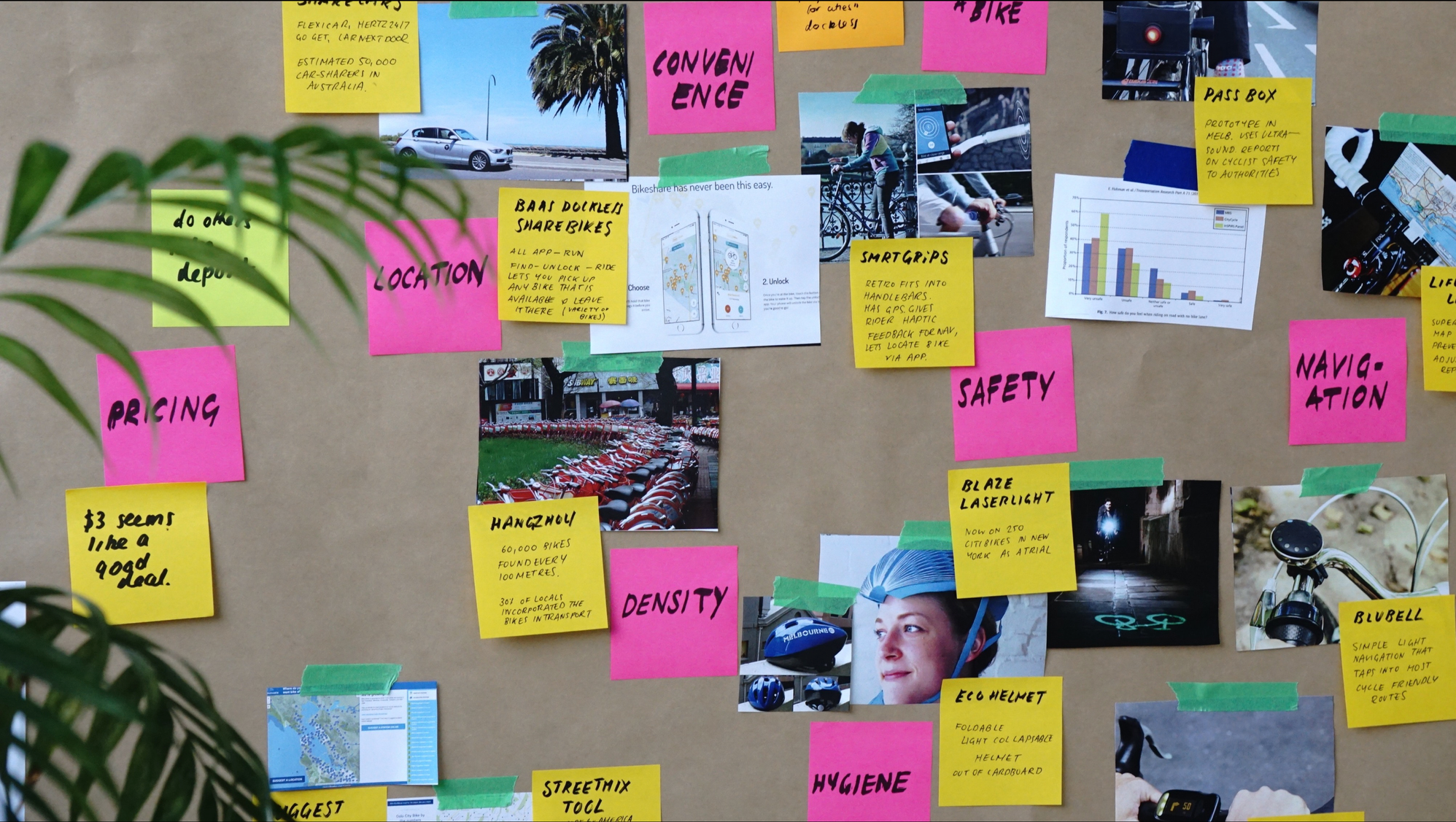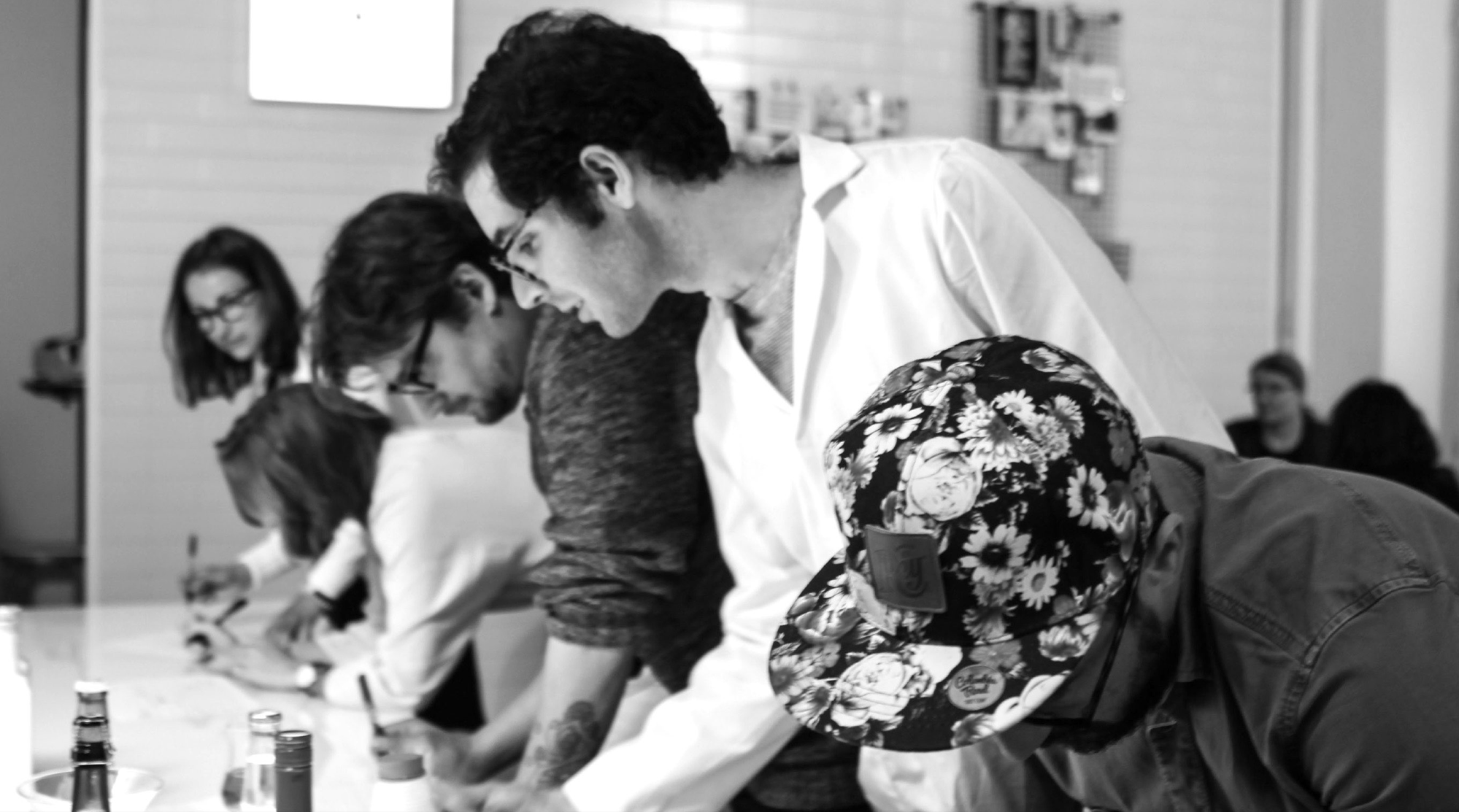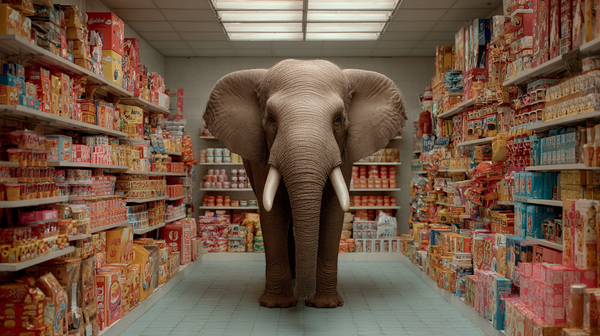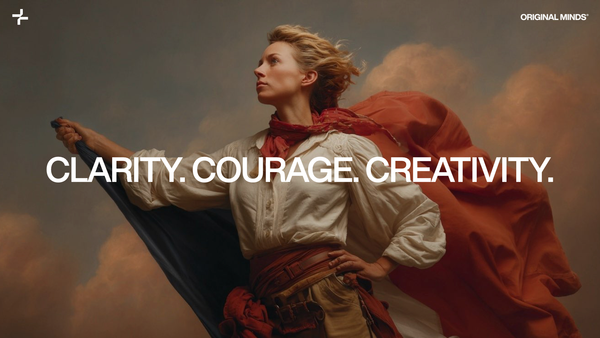For decades, branding has been treated like a communications exercise. You define your positioning, craft a visual identity, make a brand book, and hand it off to marketing. The result? A nice logo, a color palette, a few tone-of-voice examples — and a brand that looks great on paper but struggles in the real world.
The problem isn’t creativity. It’s scope.
Most brand strategies only touch one dimension of what actually shapes perception: communication. They ignore the dozens of other signals that determine whether people choose you or not.
And that’s the real test of a brand — customer choice. Every brand either drives choice or it doesn’t. And choice is built through experience, not just expression.
Think of one of your favourite brands.
Why do you choose it? Why do you love it?
Is it because it looks a certain way?
Is it because it says a certain thing?
Is it because other people buy it?
Is it because what the product delivers?
Is it the service?
Is it where the brand shows up?
Is it how people behave when you interact with the brand?
For most people, it's many things.
Brands are not built only through communication. Yet most brand-ing (the action of building a brand) focus almost entirely on visual and verbal signals and messages.
To build a brand that wins in the modern world, you need to think beyond communication and orchestrate every signal your company sends. That’s where The Five Brand Dimensions™ come in. This is a framework I created about 15 years ago, and as a brand consultant, I used it extensively. It has many benefits, most of all to get companies to align behind the idea of what brand building really is, as well as designing the brand holistically.
Let's take a quick snapshot of each area. Each area signals something about the brand, and it either adds, or subtracts from the experience and perception formed.
1. Products — The Core Signal of Value
Your products are your loudest brand statement.
Design, materials, functionality, usability, quality — these are the tangible expressions of what you stand for. Every decision, from how something feels in the hand to how it’s packaged, signals your priorities and your promise.
Apple doesn’t need to say simplicity — it ships it.
Whether you sell toothpaste or technology, your product choices are the foundation of how customers perceive you.
2. Services — Where Value Meets Experience
Service turns a transaction into a relationship.
The way you design, deliver, and support your offering defines how people feel about your brand. Every touchpoint — from onboarding to after-sales care — is part of your story.
Services aren’t just support functions; they are brand-defining experiences that can turn customers into evangelists or enemies.
Great brands design their services as intentionally as their products.
A car dealership might sell products (cars), but actually they are in the service business, and they differentiate themselves through services. And the same is true of most industries. Never think you are only in the product business.

3. Environments — The Stages of Experience
Brands don’t live in brand books; they live in the spaces and environments where they show up.
Physical or digital, environments shape emotion and memory.
A store, an office, an app, a showroom, an event — each environment tells your audience who you are and what you value. So does your supply chain choices. Sustainable brands can only source sustainable raw materials and products from from sustainable countries and factories, etc.
Think of every environment as a stage for your brand’s behavior.
What does it say about you? What does it make people feel?
The most successful brands design their environments to provoke the right emotions and behaviors, not just admiration.
4. Communication — Visual And Verbal Signals
You can argue that every dimension communicates something about the brand, and you are right. But it's more useful to structure the dimensions this way.
Communications is where most brands start — and stop.
Logos, campaigns, websites, packaging, social posts. They matter, of course. But when communication is disconnected from the other dimensions, it becomes hollow theater — a beautiful mask over a generic experience.
Don't just say you care about me. Care.
Branding isn’t what you say. It’s what people experience and then say about you.
Communication should amplify the truth of the other four dimensions, not compensate for their absence.

5. People — The Living Brand
Your people are the brand.
They shape perception through every conversation, every behavior, every micro-moment. Both internally and externally. The Five Brand Dimensions are not only external, mind you.
Their mindset, language, energy, and attitude reflect your culture and values more clearly than any ad campaign ever could.
From front-line staff to leadership, how your people show up is the ultimate expression of your brand’s authenticity.
Then What? — How to Use the Five Dimensions
Here’s the real secret: it’s not enough to signal through these dimensions statically. A brand isn’t a poster — it’s a performance.
The real power lies in how these five dimensions come together to create one cohesive experience.
Every company has its own mix. For a tech company, the product dimension might carry the most weight. For a hotel, the people and environment dimensions will dominate. For a professional service firm, it might be service and communication. The art — and strategy — is in finding your right blend.

Step 1: Set the Direction — Brand Strategy
Brand strategy sets the foundation. It defines who you are, what you stand for, and where you’re going. It’s the guiding north star that ensures every dimension sends the same signal — one that’s simple, differentiating, and powerful enough to drive choice.

Step 2: Design the Expression — Brand Innovation
Think of brand innovation as the backstage lab — the place where you constantly experiment, prototype, and evolve how your brand comes to life across these five dimensions.
This is where you explore and prototype new products, services, spaces, behaviors, and messages. It’s not a one-time project; it’s a continuous cycle of reinvention that keeps the brand alive and relevant.

Step 3: Orchestrate the Experience
Once strategy and innovation are aligned, the five dimensions become your stage. This is the visible part — the lived experience your customers actually feel. Every signal, from packaging to people, becomes an instrument in a larger symphony.
The job of leadership is to make sure they play in harmony.
In short:
A brand isn’t built through guidelines; it’s built through alignment, orchestration, and innovation.
The Five Brand Dimensions™ give you the full canvas.
What you paint on it — and how you keep it evolving — is what separates the brands people notice from the ones they choose.
🚀 Want help setting this up for you?
With BrandOS™ - my brand operating system, we add two more pieces (starting with an ongoing Intelligence piece). We set up all these parts as an ongoing system, ensuring that none of this becomes static, or sporadic.
Reach out if you want to discuss and see a demo.










